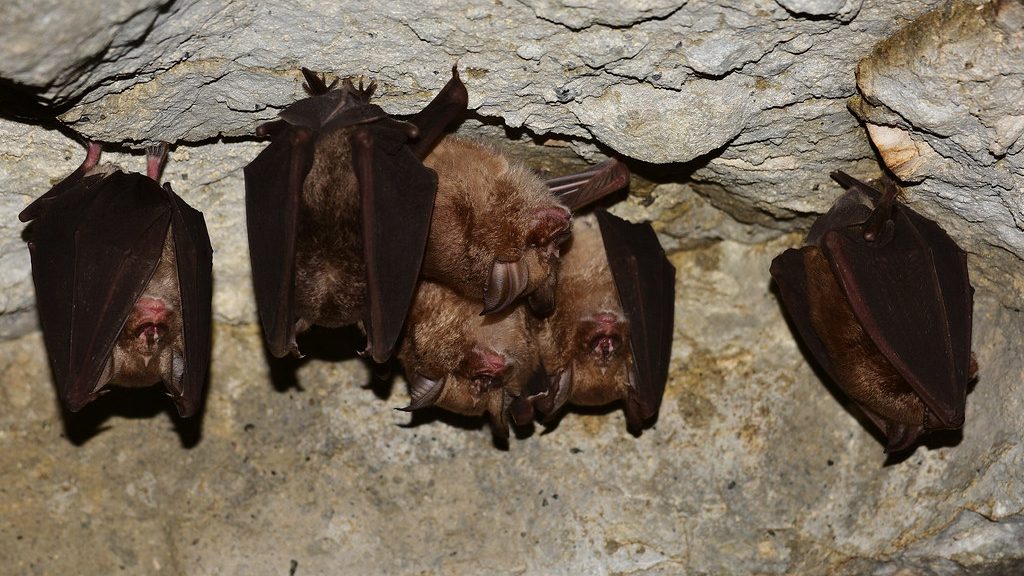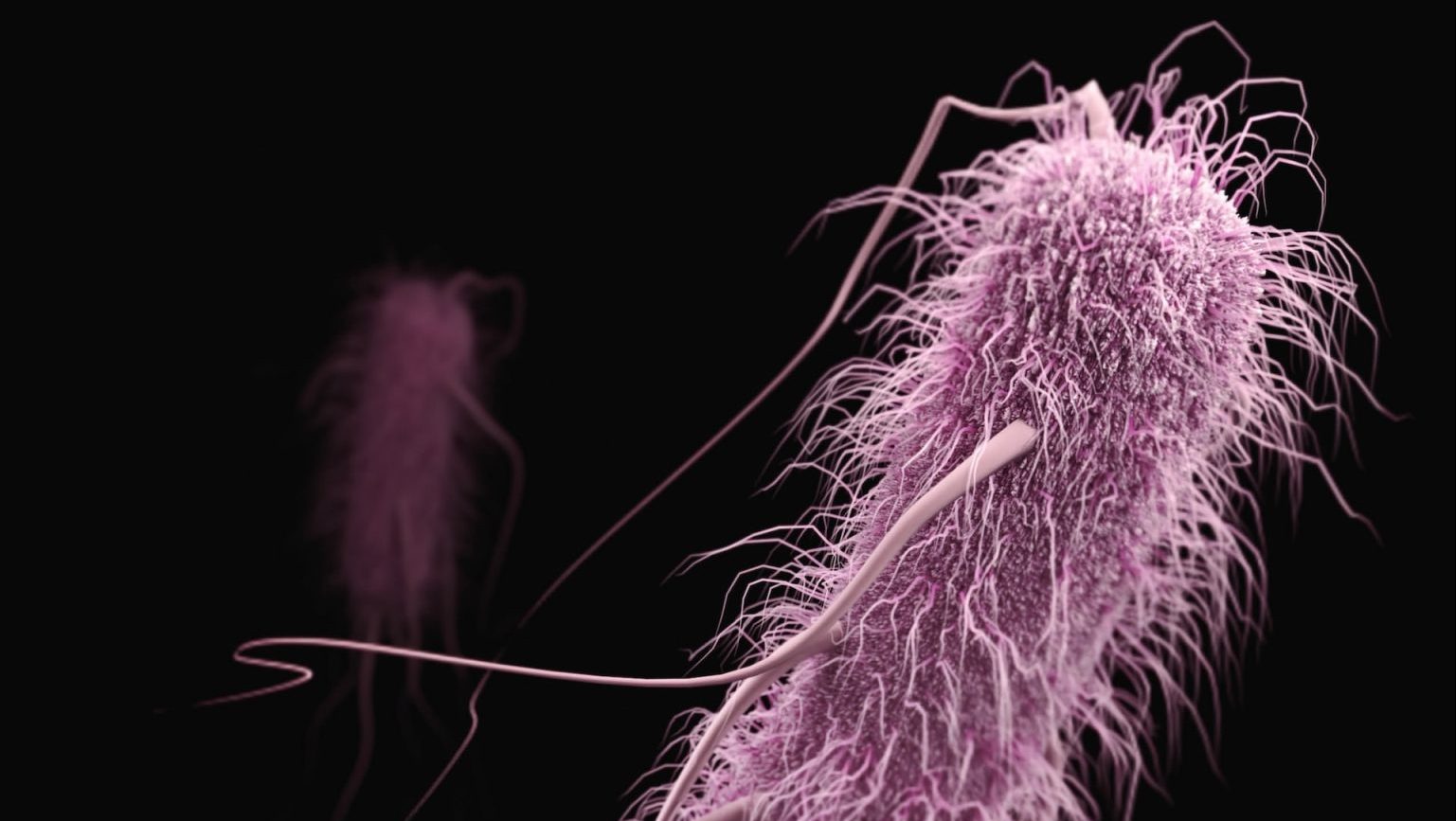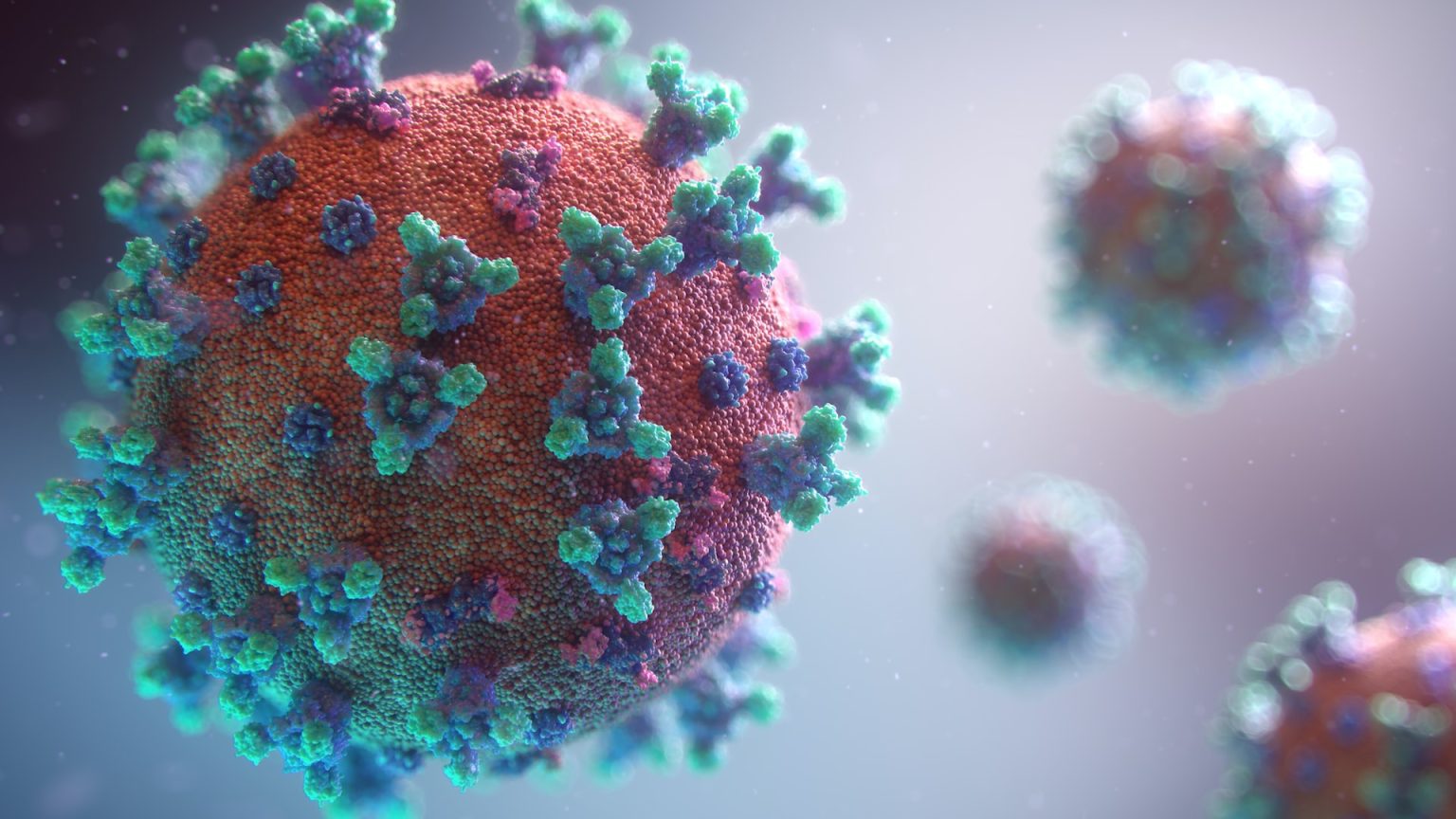New study identifies 126 species that could host coronavirus

Credit: Pixabay
- The novel coronavirus that causes COVID-19 is a product of different coronaviruses recombining in animal species.
- A new study suggests that hundreds of animal species may harbor multiple types of coronaviruses, meaning recombination events could be more likely than previously thought.
- The authors noted that their results could help improve surveillance programs to mitigate the risks associated with a future novel coronavirus.
A new study highlights hundreds of mammal species that could contract multiple coronaviruses, including SARS-CoV-2, and therefore become sources of new coronaviruses. Published in Nature Communications, the research suggests that novel coronaviruses could emerge from many more animal species than scientists have so far observed.
Coronaviruses comprise a large family of viruses. Humans are known to contract only seven coronaviruses, including SARS-CoV, MERS-CoV, and SARS-CoV-2, all of which can cause severe disease or death. But coronaviruses can circulate more widely in the animal kingdom, and within it scientists have identified hundreds of unique strains.
Some animals can become infected with multiple coronaviruses at the same time. When this occurs, genes from the different viruses can combine and replicate, creating a novel coronavirus. This natural process is called recombination, and it’s what produced SARS-CoV-2, the novel coronavirus that causes COVID-19.
So, in which animal species might the next novel coronavirus originate through recombination?

Wardeh et al.
Predicted hosts are grouped by order (inner circle). Middle circle presents probability of association between host and SARS-CoV-2 (grey scale indicates predicted associations with probability in range > 0.5 to ≤0.75. Red scale indicates predicted associations with probability in range > 0.75 to <0.9821. Blue to purple scale present indicates associations with probability ≥ 0.9821). Yellow bars represent number of coronaviruses (species or strains) observed to be found in each host. Blue stacked bars represent other coronaviruses predicted to be found in each host by our model. Predicted coronaviruses per host are grouped by prediction probability into three categories (from inside to outside): ≥0.9821, >0.75 to <0.9821 and >0.5 to ≤0.75.
To answer that, the researchers behind the recent study created a computer model to predict which species have the highest risk of being “reservoirs” for coronaviruses. Using data from GenBank, a National Institutes of Health database, the team compared 411 coronaviruses with 876 mammalian species that are known to contract coronaviruses.
The model predicted that each coronavirus species can infect, on average, more than 12 types of mammalian hosts. Meanwhile, the results suggested that each mammalian host can contract roughly five different types of coronavirus.
In terms of recombination, some mammalian species pose outsized threats. The study noted that the domestic pig presents a high risk because it is known to harbor many diverse coronaviruses.
“Given the large number of predicted viral associations presented here, the pig’s close association to humans, its known reservoir status for many other zoonotic viruses, and its involvement in genetic recombination of some of these viruses, the pig is predicted to be one of the foremost candidates an important recombination host,” the authors wrote.

Credit: Pixabay
The study also identified species in which SARS-CoV-2 might combine with other coronaviruses. These included the lesser Asiatic yellow bat, the common hedgehog, the European rabbit, chimpanzees, the African green monkey and domestic cats (which are already known to contract SARS-CoV-2, though there’s no evidence that cats or other pets can spread the novel coronavirus to humans).
Also on that list was the dromedary camel, a “known host of multiple coronaviruses and the primary route of transmission of MERS-CoV to humans.” It’d be especially concerning if MERS-CoV and SARS-CoV-2 recombined, considering the former is highly deadly and the latter is highly contagious.
Still, many factors must align for coronaviruses to merge and generate a novel coronavirus, and just because an animal is vulnerable to multiple viruses doesn’t mean those viruses will recombine. But the team behind the study noted that scientists are likely underestimating the number of animals that could generate novel coronaviruses, and that the results can help inform surveillance programs for at-risk species.
“Such information could help inform prevention and mitigation strategies and provide a vital early warning system for future novel coronaviruses,” the authors wrote.





